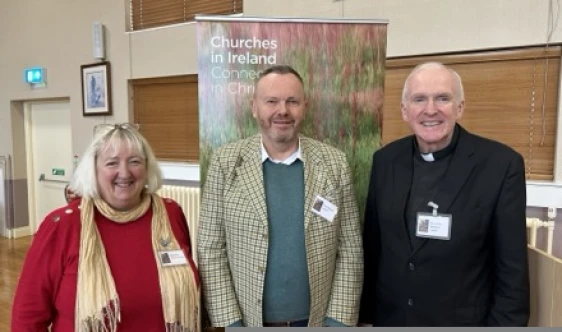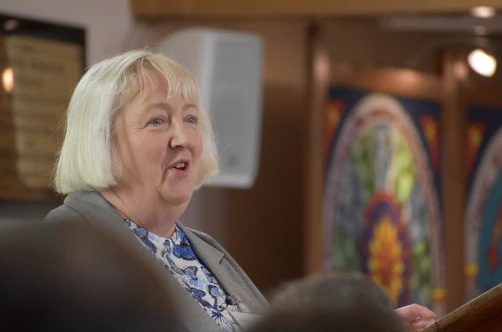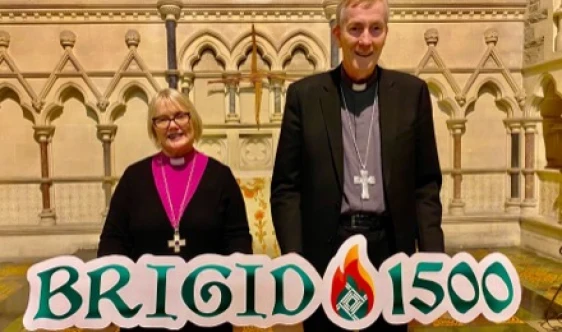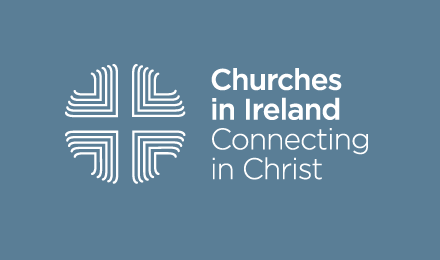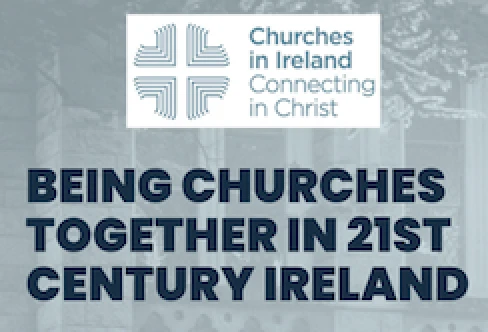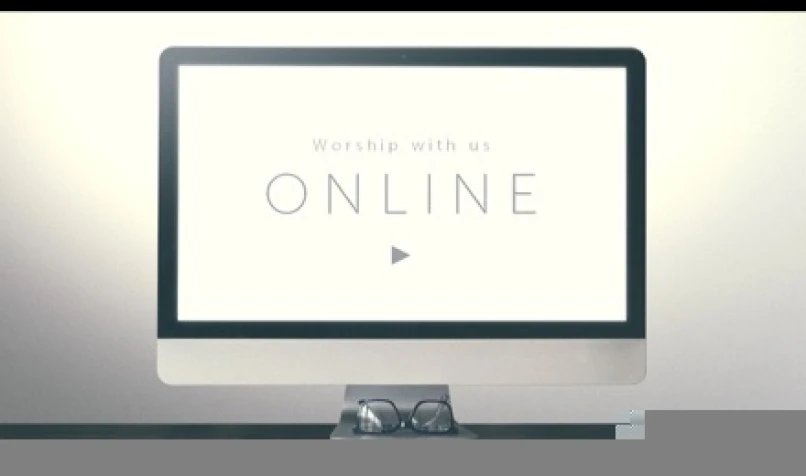
This brief article is intended to enable those who are not particularly tech-savvy to step onto the first rung of online church life - something all churches are now faced with as a result of Covid-19.
Firstly, it’s important to remember that an online presence is not the be-all and end-all. It may not be the most fruitful place to put all your energies, and there are many churches who are already providing services and other resources online that you may consider pointing your community to, rather than trying to replicate it yourself with the limited amount of time you have available.
We therefore list some activities that can be facilitated online for a church, that you might consider, the most basic equipment that can accomplish it, some dos and don’t to be aware of. Finally we point you to some web resources that go into more detail, and provide ways to improve the quality of your online productions.
Further resources for this and other issues faced by churches as a result of Covid-19 are available on the ICC website at irishchurches.org/covid19.
What are some of the things you can do online?
- Putting services online, either by live-streaming or pre-recording.
- Daily readings or reflection
- Mid-week “thought for the day”
- Small group prayer or bible study using teleconferencing software like Zoom
- Weekly email newsletter with the web address to the page on your website where you post the links to the online services/daily readings/small group, as well as updates on what is happening in the community, and perhaps other resources or ideas that people may be interested in
What equipment and software do you need?
Putting Services Online
- Mobile phone - the most recent ones (e.g. iPhone X, Xr, 11, Samsung Galaxy 7, 8, 9 and 10 have good enough quality)
- Ideally a tripod. In a pinch, blu-takking your phone to a table is better than holding it in your hand. (e.g.: https://amzn.to/2LwhLX1)
- Optional lapel microphone (e.g.: https://amzn.to/2LzTxv5)
- Online video account - YouTube, Vimeo, even facebook
- Apps to edit video and optionally add text. For the Apple ecosystem the free iMovie application is great. Movavi Video Editor (movavi.com) is good value (€40) alternative that is available on all major platforms. It has good tutorials showing how to set up a room with good lighting, and another showing how to splice video and add lyrics.
- An autocue app like Promptsmart is very useful. It uses voice recognition to automatically keep the text in sync with your voice and can run on a laptop or mobile device. www.promptsmart.com
Hosting Small Groups
- For hosting small groups and prayer together Zoom (zoom.us) works well as it has the facility for the host to control who is in the meeting and to minimise background noise buy muting and unmuting the microphones of participants where appropriate. It’s free for meetings up to 40 minutes.
- Welcome your group as people log in. It may take a little while for everybody to get on to the call, so don’t start until you think everyone is on.
- It may be helpful to ask individuals by name for their thoughts on a question so other people know who is going to speak.
- Make sure to include everyone
- As you end, make sure everyone knows that you are ending your time together and thank them.
What do your congregation need?
- To know that they exist! Communicating what you are doing is of primary importance - through emailed newsletters, publication on your website and social media accounts, through parish WhatsApp groups or other already established means of communication with your congregation members.
- A computer, ipad or phone and broadband
- An account on Facebook if you publish it there.
Dos and Don’ts
Do
- Consider your lighting - even natural light is best - lighting from above is unflattering
- Be aware of the background behind you
- If your film will be posted on YouTube or Twitter, record in landscape orientation 16:9 (so place your phone horizontally). If the purpose of the video is for the Facebook newsfeed portrait mode is more appropriate.
- Look directly at the camera as often as you can and speak slowly. Write the words ‘speak slowly’ on a post it note and place it in front of you but out of sight of those viewing.
- A trial run. It does mean people may see it, but explain that it is a trial tun and delete the video afterwards.
- Turn the camera off immediately after the broadcast and while it is still in its fixed or tripod position
- If queries arise in the comments do respond to them afterwards
Do not
- Hit the filters button on Facebook live or you will end up with assortments of special effects during the video and you may go viral for the wrong reasons.
- Film Facebook live from your personal profile. Make sure you are live streaming from your church Facebook account so that all of your congregation can find it.
- Preach for too long! A full-length sermon might not always be appropriate. Prayerfully engage with the preparation and settle on a format and length that works for you, your personality and your church.
Copyright Issues
James Doc has written “A note about livestreaming and song licensing in churches”: https://jamesdoc.com/blog/2020/covid-19-live-streaming-song-licensing/
If having music in your recorded/live service is not possible, point your congregation to songs that you would have included with links to lyric videos on YouTube in the description of your video
Further resources
There are many resources available online with information on how to further improve and expand your online presence. Here are some examples:
General
- Digital tools for churches collected: https://covid.churcheshandbook.co.uk
Producing videos
- An excellent how-to from the Church of England - How to set up to film a video on your phone: https://www.churchofengland.org/How-to-set-up-to-film-a-video-on-your-phone
- Vineyard UK – Getting Started With Filming: https://www.vineyardchurches.org.uk/resources/getting-started-with-filming/
- The Church of England - How to create subtitles for a video: https://www.churchofengland.org/more/media-centre/digital-labs/labs-learning-blog/how-create-subtitles-video (some editing tools have built in functionality to do this)
Livestreaming
- Vineyard UK – Streaming Live Worship: https://www.vineyardchurches.org.uk/resources/streaming-live-worship/
- Church of England – A beginner’s guide to going live with your service or event for free: https://www.churchofengland.org/more/church-resources/digital-labs/labs-learning-blog/beginners-guide-going-live-your-service-or
- The Digital Parish: 10 Tips for Parishes on using Facebook Live Video: https://www.facebook.com/digitalparish/posts/1330085183854277
Online meetings
- Church of England – How to use Zoom for a church meeting, Bible study, prayer session or small group: https://www.churchofengland.org/more/church-resources/digital-labs/labs-learning-blog/how-use-zoom-church-meeting-bible-study
Where to find webcast services
See links to online services on our website at irishchurches.org/covid19#Links%20to%20Webcast%20Services
